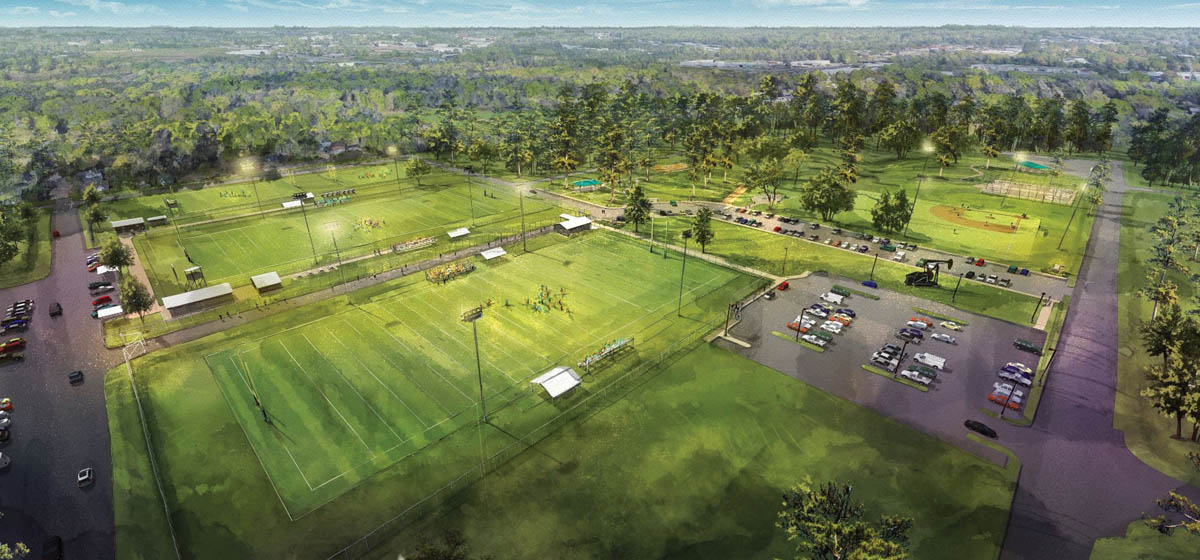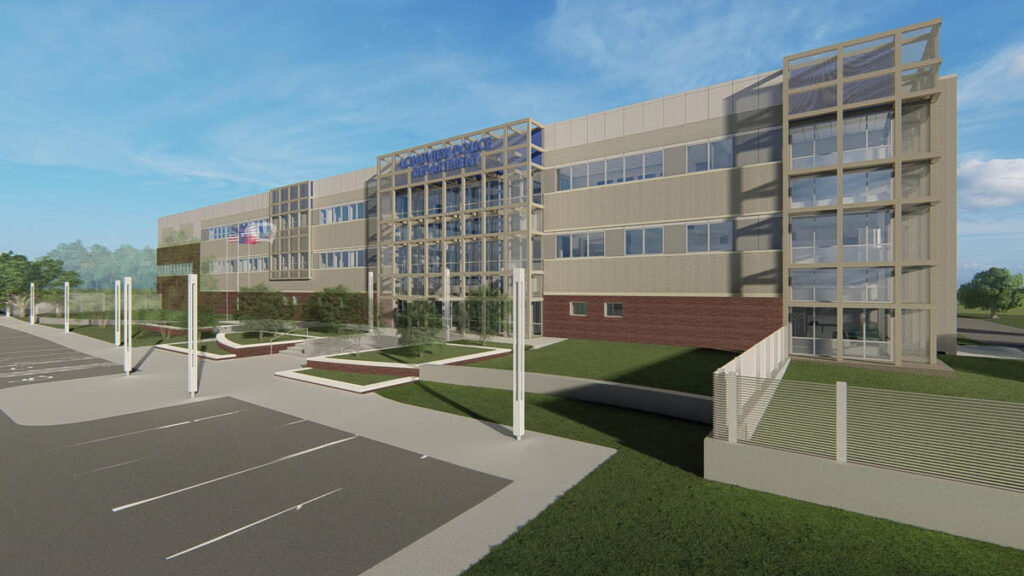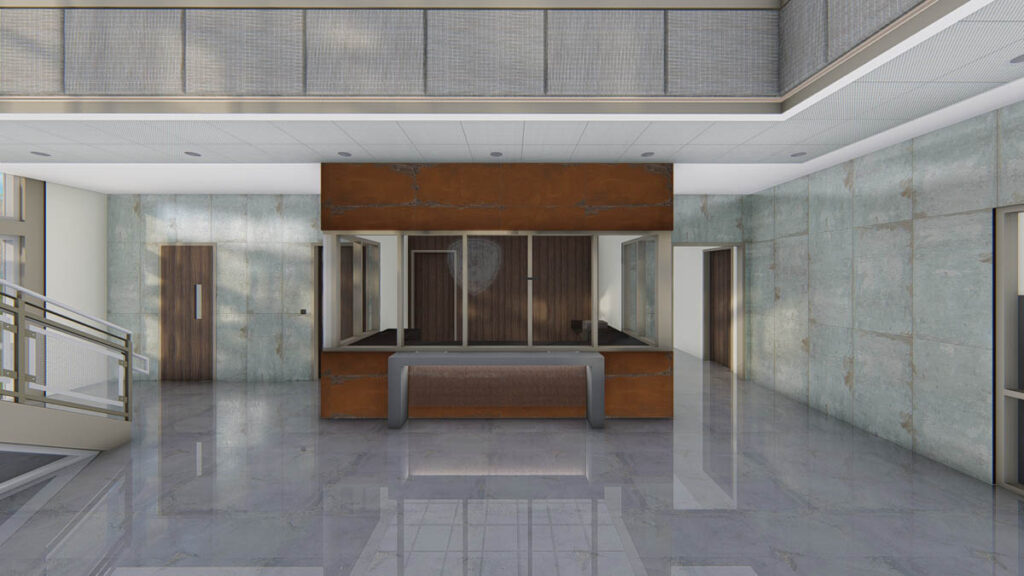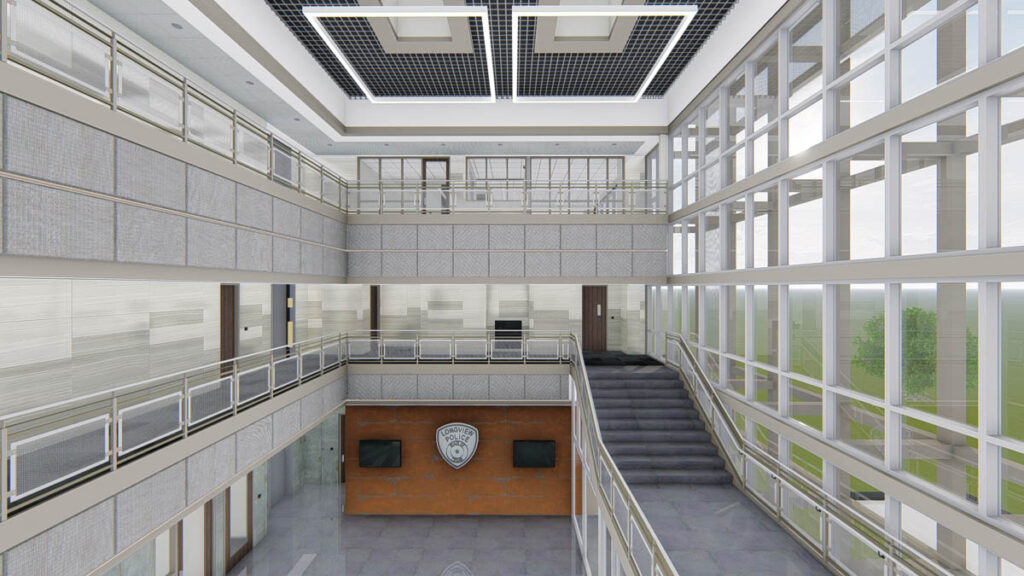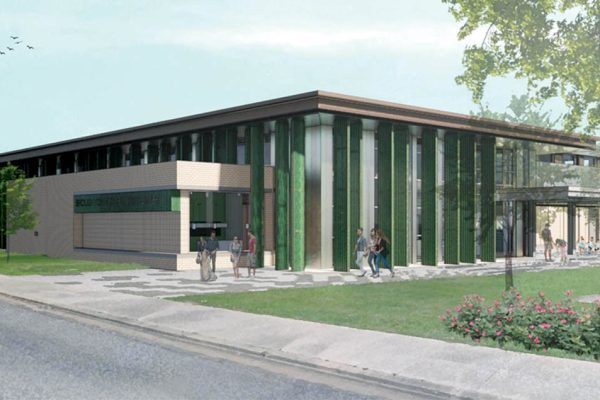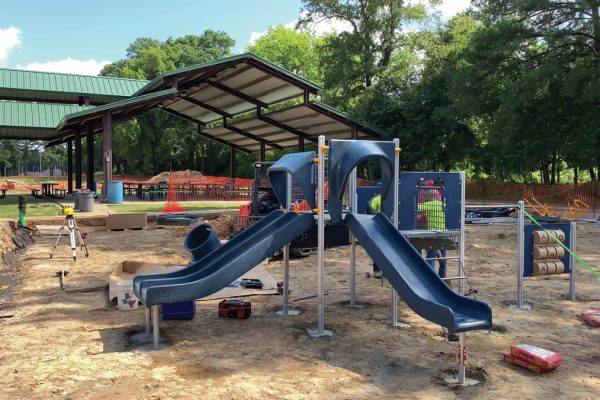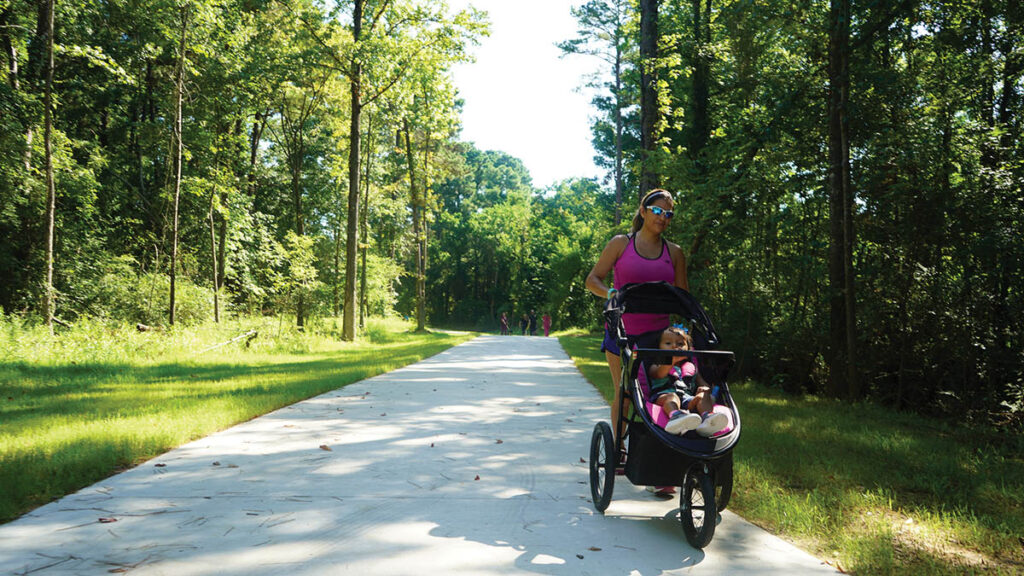
The Guthrie Trail expansion project will connect the Paul G. Boorman Trail to the Cargill Long Park Trail, resulting in 10 miles of continuous trail.
Our Roadmap
to the Future
by Christina Cavazos
Several years ago, Longview’s leaders asked the community to come together to create a roadmap for the city’s future. Now leaders are asking the community to weigh in once again as they seek to refresh a long-range planning document that will continue to guide the city for years to come.
Since being adopted in 2015, Longview’s Comprehensive Plan has served as a guiding document that has helped shape the city as it is today. From park improvements and upgrades to public facilities to new entryway beautification projects and a thriving downtown, the city has used the Comprehensive Plan to help guide its decisions in an overall effort to improve the quality of life for its residents.
“The Comprehensive Plan is a roadmap that we used to guide the city and to help us go in a positive direction based on the wants and needs of the community that helped us put the Comprehensive Plan together,” Mayor Andy Mack said.
“But as with any document that serves as a guide, you have to look at it fluidly. As our community grows and changes, the wants and needs also evolve. So now, we are ready to recharge and refresh our Comprehensive Plan Advisory Committee so we can look at where we are now, what benchmarks we’ve met and where we now want to go as a community.”
District 4 Longview Councilwoman Kristen Ishihara, who serves as the City Council liaison to the Comprehensive Plan Advisory Committee, said she is hopeful the public will offer its participation in the future as the city looks to refresh the plan.
“This is the time when the City Council really looks to our community to tell us what they want to see in Longview,” Ishihara said. “This is the appropriate way for our council to work in order to understand the needs of the community. We have done this in the past and we will do it in the future. This will be a great opportunity for our community to make its voice heard.”
Overview of the Comprehensive Plan
The history of the Comprehensive Plan dates back nearly a decade when city leaders decided to bring together the community to create a clear vision for Longview’s future. The comprehensive planning process took place over an 18-month period that started in November 2013. The City Council adopted the plan in March of 2015.
The city’s Comprehensive Plan represents an accumulation of public participation, volunteer work, stakeholder discussions, consultant work and city initiatives. Community engagement provided the foundation for the ideas and recommendations.
The vision for Longview as described in the Comprehensive Plan is:
“To be a premier community promoting education, business opportunities, and cultural diversity; capitalizing on our heritage and natural beauty; while focusing on families and healthy living; and creating a safe, welcoming environment that attracts vibrant people to call Longview home.”
Goals to help achieve that vision included being the most livable city in East Texas, offering quality education and a diverse workforce, nurturing and celebrating diversity, enhancing the city’s natural beauty, ensuring adequate public facilities to maintain safety for citizens, creating a thriving community that attracts people of all ages and that provides opportunities for young professionals, and strengthening Longview’s image as an appealing place to live and visit.
The Comprehensive Plan was further divided into ideas and objectives that residents believed would help the city achieve those goals.
“From the vision, we had the objectives and from the objectives, we had strategies on how to implement those objectives,” said Michael Shirley, Director of Development Services for the City of Longview.
The comprehensive plan includes everything from a future land use map and ideas about transportation to ideas that would improve quality of life and growth management strategies.
Since being adopted in 2015, the city has made significant progress on topics included in the Comprehensive Plan. In fact, of the top 27 priorities outlined in the plan, the city has completed or made progress on about 22 of the items.
Three primary themes emerged in the Comprehensive Plan, according to Shawn Hara, who serves as Media and Tourism Manager for the city.
“There are three primary themes that emerged through the process: focusing on updating and improving city-owned facilities and parks, improving aesthetics throughout the community, and addressing growth management and redevelopment,” Hara said. “Progress has been made in several ways on those three categories.”
Growth Management and Redevelopment
In the plan, the community expressed a desire for the city to address growth management and redevelopment. This included some specific requests, such as for the city to require all new developments to have sidewalks, develop streetscape and urban design standards, and identify and define minimum design and construction standards and utility requirements.
Those requests were met in a Unified Development Code, which the City Council adopted in fall of 2020 with a January 1, 2021 start date. The Unified Development Code consolidates all development-related regulations into a single resource, while also incorporating elements of the Interstate 20 and Downtown Longview Small Area Plans and the Bicycle and Pedestrian Plan that considers alternative modes of transportation, including sidewalks.
With regard to the Small Area Plans, the downtown and I-20 plans were created in light of a desire from the community to see a long-range vision for those areas of Longview. Those requests also were included in the Comprehensive Plan.
In 2016, the City of Longview partnered with the Longview Economic Development Corporation to conduct two Small Area Plan studies to further identify Longview’s development opportunities downtown and along I-20.
The two Small Area Plans are long-term planning documents that provide an overall strategy and guidelines for what future development could look like in these areas with a goal of strengthening the two areas as an economic driver for the community.
Since the plans were adopted, downtown Longview has seen particular revitalization and growth with more than a dozen new small businesses opening in the last two years. Additionally, downtown Longview now features residential living facilities, such as the renovated Petroleum Building which is now home to Alton Plaza apartments.
Ishihara credited the downtown small area study with helping the city realize downtown residential living was a critical component to overall revitalization.
“I don’t know if we would have realized that without that study. I know I myself would not have recognized how important that is,” she said.
Having residents living downtown helps spur individuals to want to open businesses downtown to cater to those people. More foot traffic also helps create excitement that leads more people to the area and the cycle continues to grow into a thriving community.
Today, downtown Longview is thriving with residential living, shops, restaurants, a microbrewery, a craft coffee shop, mural art and more that attracts thousands of people to the heart of the city.
Improving Aesthetics
Another common thread of the Comprehensive Plan was a desire from the community to see aesthetics improved throughout Longview. That included everything from demolishing dilapidated structures and improved property standards to new entryway projects and creating a sense of place and identity.
“To that end, the city has increased its budget for demolishing dilapidated structures and adopted a property maintenance code that allows for greater enforcement of minimum property standards,” Hara said.
In 2016, the City Council updated Longview’s property maintenance code to meet 2012 International Code Council standards. It was a result, in part, of residents’ complaints about substandard homes and structures in their neighborhoods and the city’s attempt to address such concerns.
The code deals with multiple requirements regarding light, ventilation and occupancy limitations, plumbing facilities and fixtures, mechanical and electrical, fire safety, and other general requirements about property exteriors and interiors.
If a structure is in poor shape, needs paint, has rotted wood and broken windows, it’s usually a target for property maintenance code inspections.
Meanwhile, the city’s annual budget includes funds to demolish dilapidated buildings, and the city has increased the funding for that work.
The city has worked to improve aesthetics in other ways as well. For example, thanks to assistance from Keep Longview Beautiful, several entryway beautification projects have been completed. In 2020, Keep Longview Beautiful installed new entryway signs at the intersection of Estes Parkway and South U.S. 259 (Eastman Road) and at the intersection of Judson Road and Loop 281. The new signs were funded by a Texas Department of Transportation grant and money raised by Keep Longview Beautiful.
Another Keep Longview Beautiful, City of Longview and Gregg County partnership also had a major impact on the community. In 2018, The Green opened as Longview’s newest park thanks to a partnership between the entities.
Keep Longview Beautiful received a $400,000 grant from the Texas Parks and Wildlife Department that helped fund The Green, along with city and county contributions. The Green, which is located at Texas 31 and Spur 63, also adjoins an entryway that Keep Longview Beautiful also built to welcome visitors to the city.
Additionally, the city has worked to help establish a sense of place and identity, particularly in downtown Longview. Arts!Longview and Longview Main Street have helped with those efforts with such projects as residential redevelopment and new murals downtown that have enhanced the beauty of the area.
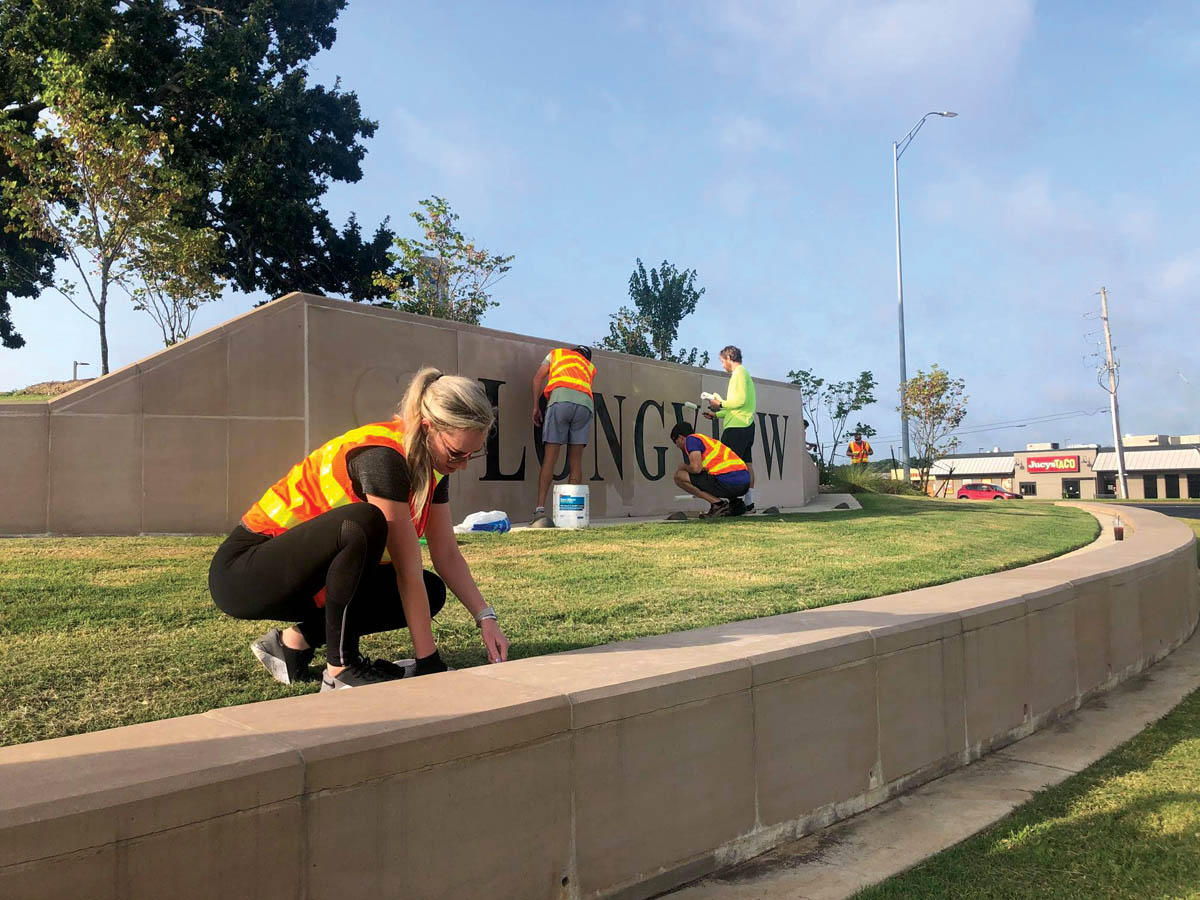
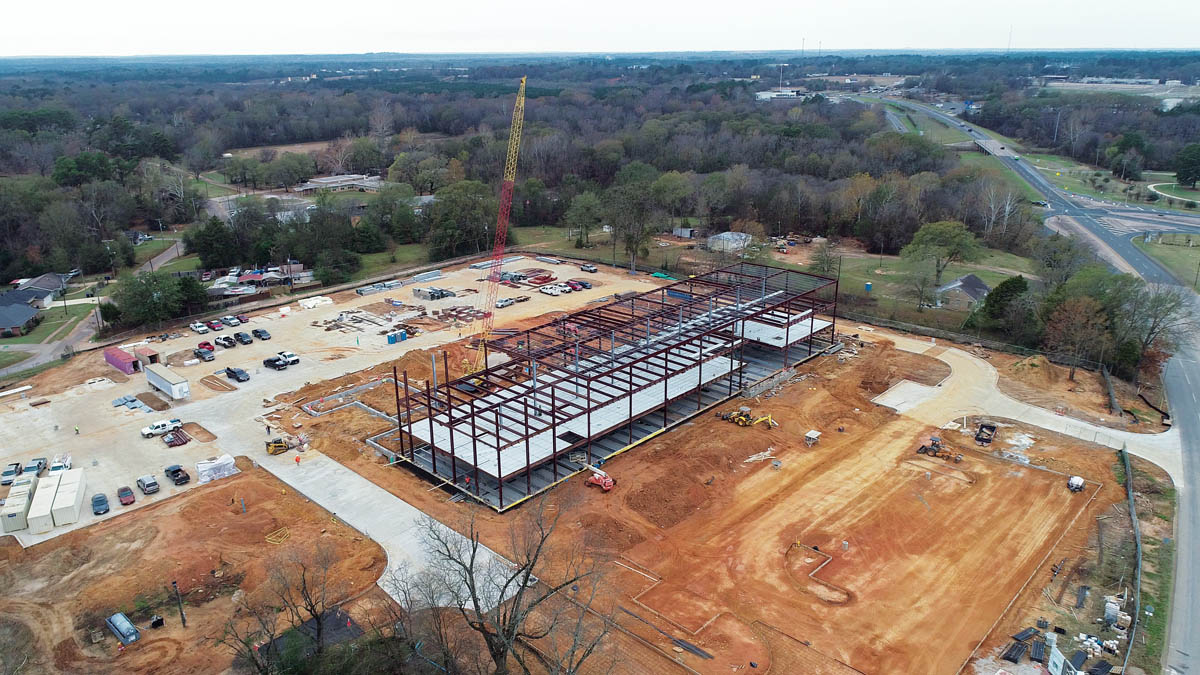
Updating City Facilities and Parks
In the Comprehensive Plan, residents also expressed a desire to see the city update its facilities and its parks and to expand its trail system.
“The city used many of those ideas when developing its 2018 bond package,” Mack said. He noted how instrumental the Comprehensive Plan was during the bond planning process. He also noted that voters overwhelmingly showed support for the bond.
“The fact that the 2018 bond support was so strong shows that people in this community want to see Longview progress and they want to see money spent to improve our community,” Mack said.
The 2018 bond passed in three measures: one which supports public safety, another that supports streets and infrastructure, and a third that supports park improvements.
In public safety projects, construction started on a new police department in January 2021 and work is under way on renovating and expanding Fire Station No. 5. Meanwhile, Fire Station No. 8 will get a new facility that is currently in the design phase. Fire Station No. 7 also will be replaced in the future.
Meanwhile, with residents expressing a desire to see bike lanes and sidewalks installed, the city selected Mobberly Avenue as its first complete street. The Mobberly Avenue Complete Street Project was part of the streets package of the bond election. A complete street means the existing five-lane Mobberly Avenue will be reconfigured to include bike lanes and sidewalks.
Other street projects in the bond package include a reconstruction of Fairmont Street, widening Reel Road and the Cotton Street Streetscape project, which will add sidewalks to Cotton Street.
In terms of parks, residents expressed a desire during the comprehensive planning process to see the city increase its parks budget to improve existing parks. Additionally, residents wanted to see a master plan for
Lear Park implemented.
The city used these ideas when formulating its parks bond package, which residents supported. The parks plan included $8.8 million for Lear Park to add play features to the Jack Mann Splash Pad, new softball and baseball fields, new lighting and other work.
Meanwhile, the plan allocated $7.3 million to improve eight city parks: Lois Jackson, McWhorter, Patterson, Spring Creek, Stamper, Womack, Rollins and Spring Hill. The first six parks have been under renovation while the last two – Rollins and Spring Hill – are slated to receive their improvements in 2024.
The parks plan also includes updates to Broughton Recreation Center, the Cargill Long Park Trail and the Longview Arboretum and Nature Center.
With regard to the city’s trail system, one of the highest ranked Comprehensive Plan objectives was to expand the city’s trails. That project ranked No. 2 on the list of priorities, second only to preparing a Downtown Master Plan which ranked No. 1. The city completed the Downtown Small Area Plan and is in the midst of expanding the trail system.
The Guthrie Trail expansion project will connect the Paul G. Boorman Trail to the Cargill Long Park Trail, resulting in 10 miles of continuous trail. The trail expansion is being funded by the Longview Economic Development Corporation (LEDCO) and by a grant from the Texas Department of Transportation.
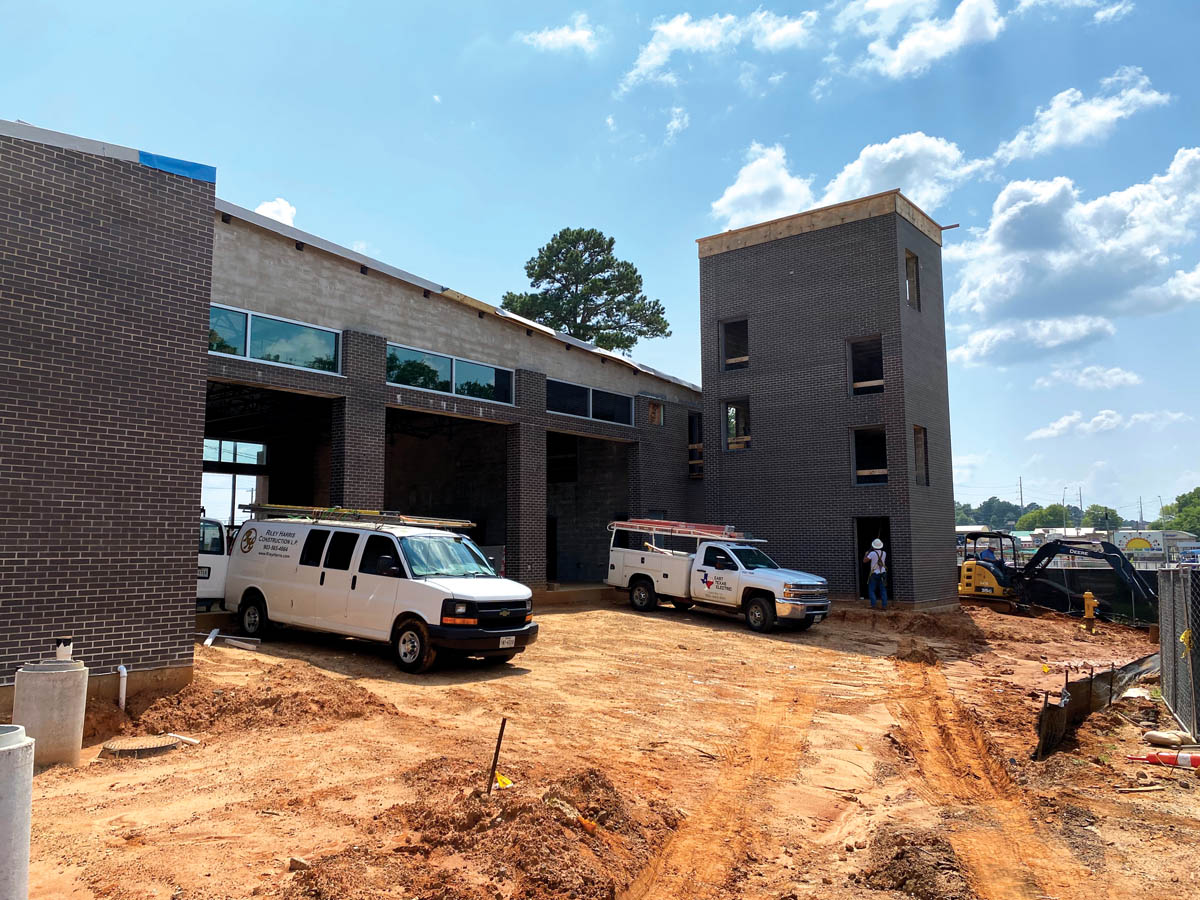
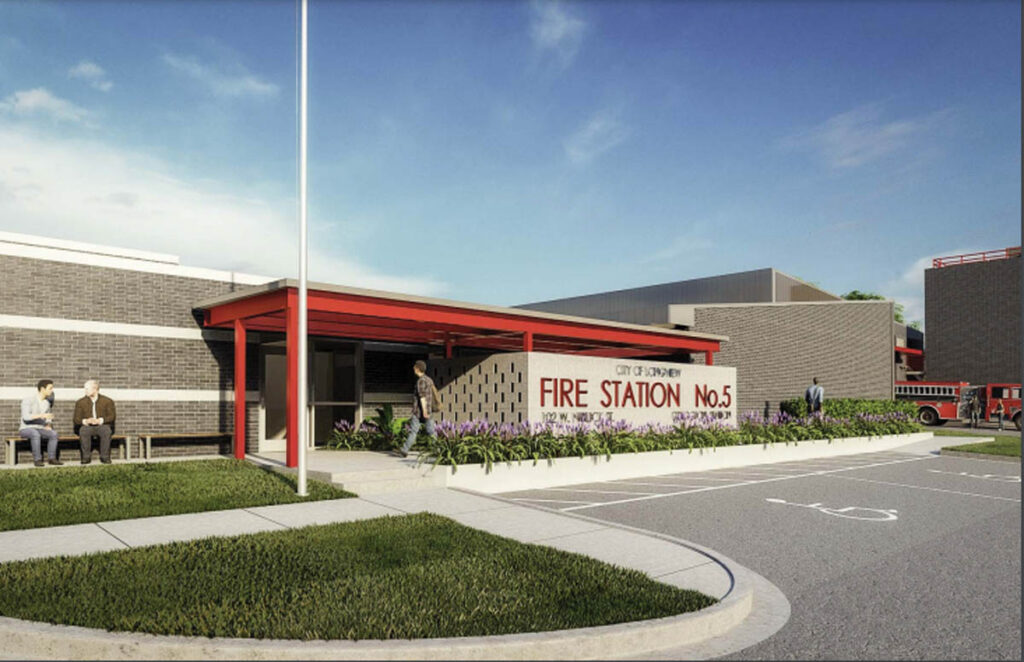
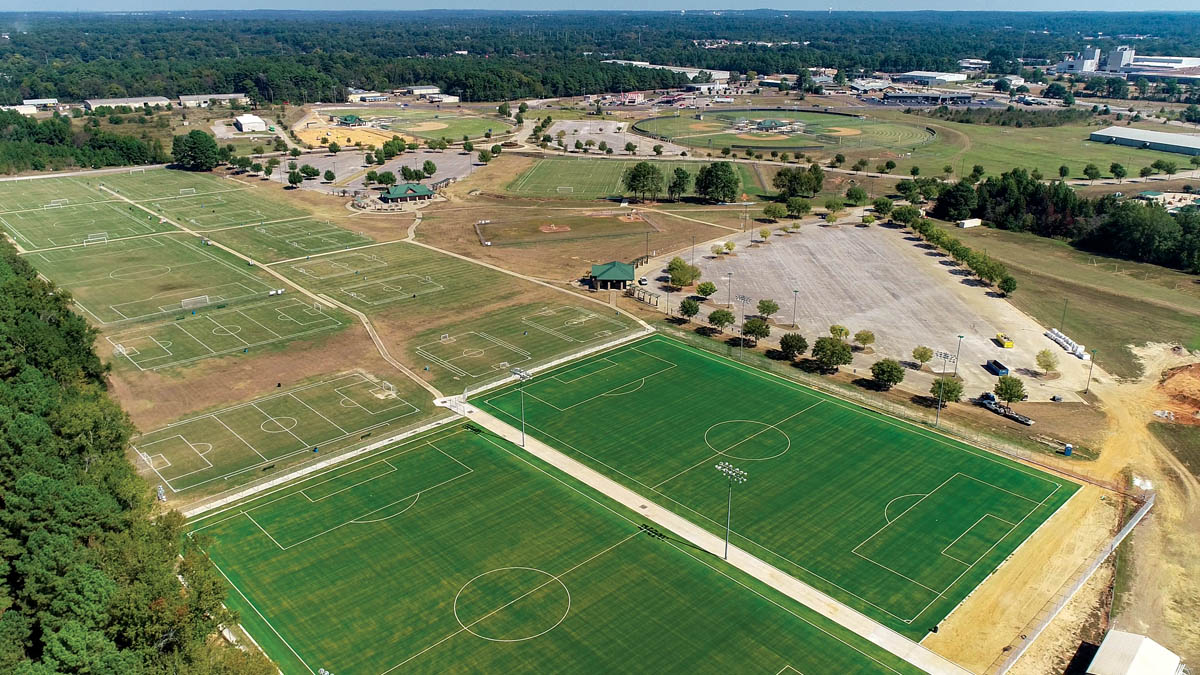
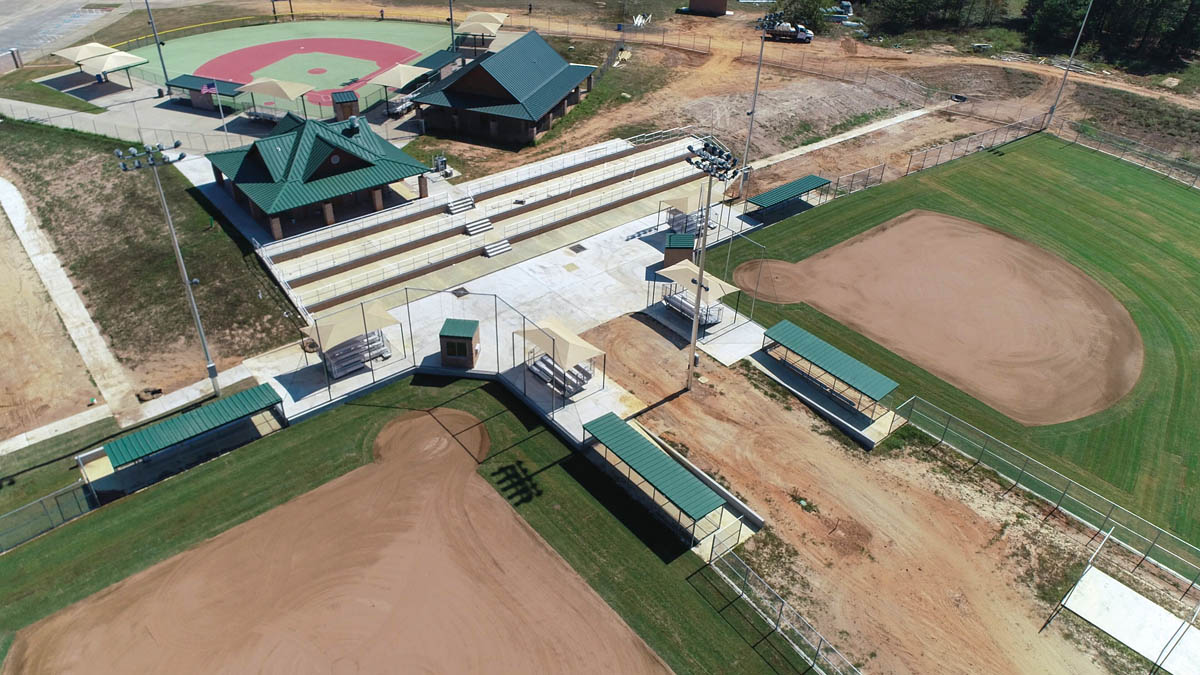
A Refresh
Six years after the Comprehensive Plan was adopted, the city decided in the fall of 2021 to reconvene the Comprehensive Plan Advisory Committee. Ishihara said the city’s desire is for the Comprehensive Plan not to become stagnant but rather to evolve to meet new needs.
“The goal is to refresh the Comprehensive Plan,” Ishihara said. “We knocked off more than 20 of the top priorities, so now it’s time to look at what we want to do next. We may have to dig a little deeper this time, but we will have new priorities and things that our community wants to see accomplished.”
Parks and Recreation Director Scott Caron said the parks department is planning to develop a new Parks Master Plan during the 2021-2022 fiscal year. Caron said the department will continue to look at possible expansion of the city’s trail system, noting there are currently no trails south of U.S. 80. He also said residents have expressed a desire to see more non-paved trails. “There are a lot of opportunities for us,” Caron said.The community will be able to provide input on the parks plan just as it will the refreshed Comprehensive Plan.
For the Comprehensive Plan, Ishihara said the city will once again engage with Freese & Nichols, a professional planning, consulting and engineering firm that helped the city develop the initial Comprehensive Plan.
Ishihara said the process will continue to involve public input. Meetings and surveys will be overseen by the Comprehensive Plan Advisory Committee. She anticipates it will take about six to twelve months to complete the refresh.
“I appreciate all of the citizens of Longview for participating in the study. We had really good turnout when we did it,” Ishihara said. “We look forward to seeing the community’s support again.”
